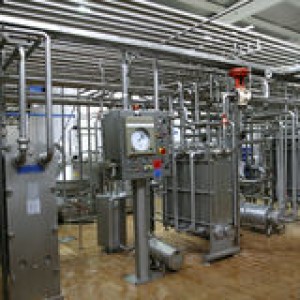News
Arla introduces solution for whey waste
26 Jun 2015Arla Foods Ingredients has developed a protein solution that it says enables manufacturers to make delicious high-protein low-fat dips using the acid whey they have left over after making Greek yogurt. It’s estimated that Greek yogurt manufacturers in the US generate about 1 million tonnes of acid whey every year, Arla notes, but simply by […]

 Arla Foods Ingredients has developed a protein solution that it says enables manufacturers to make delicious high-protein low-fat dips using the acid whey they have left over after making Greek yogurt.
Arla Foods Ingredients has developed a protein solution that it says enables manufacturers to make delicious high-protein low-fat dips using the acid whey they have left over after making Greek yogurt.
It’s estimated that Greek yogurt manufacturers in the US generate about 1 million tonnes of acid whey every year, Arla notes, but simply by adding Arla Foods Ingredients’ Nutrilac whey protein to a mixture of acid whey, water and cream, dairy companies can, says the company, create a high quality dip that is typically only 6% fat and contains 4% protein.
The finished product is said to be very stable with a shelf life of about six months, and to offer a smooth and creamy mouthfeel with a fresh, clean flavour that is easily enhanced with sweet or savory inclusions. The dip is described as perfect for snacking occasions and for ‘nibbles’ before dinner parties.
By using their acid whey rather than disposing of it, dairy companies will enhance their environmental credentials, Arla says, and convert what would otherwise be a waste stream into a high value product that will generate incremental sales.
“Acid whey continues to be a burden for manufacturers of Greek yoghurt products, and dairies are facing pressure to make sure it isn’t allowed to pollute the environment,” said Torben Jensen, Category Manager for Fresh Dairy Products at Arla Foods Ingredients. “Nutrilac offers another option that makes it easy to make good use of acid whey and increase sales at the same time. Dairy dips are popular with consumers and, with its low fat content, this concept taps into demand for healthier products.”
